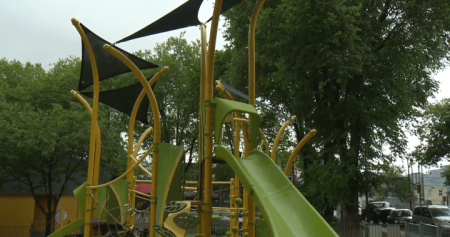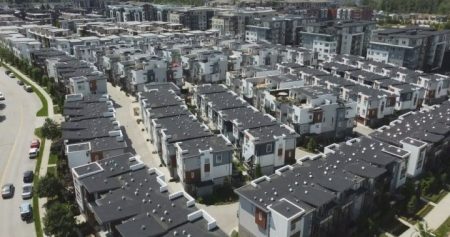Calgary’s Centre for Newcomers, which provides services and language training to immigrants and refugees, saw a dramatic increase in demand with over 50,000 clients served last year. This surge in demand is a reflection of Alberta’s record-breaking population growth, with the province experiencing the largest annual increase in its history. Most of the growth came from international migration, but Alberta also saw a record number of interprovincial migrants, with many coming from Ontario and British Columbia. This influx of people is different from past population booms, as affordability, particularly in the housing market, is playing a significant role in attracting newcomers to the province.
Experts believe that Canada’s housing crisis and the affordability of Alberta’s real estate market compared to cities like Toronto and Vancouver have made the province an attractive destination for many. The Alberta government’s “Alberta is Calling” campaign highlighted the province’s high salaries and lower real estate prices as a selling point for potential migrants. While the campaign was successful in attracting new residents, it has also contributed to making Alberta’s traditionally affordable housing market less accessible for current residents. Housing prices in Calgary have seen significant increases, leading to bidding wars and sharp rises in rent prices.
The rapid population growth in Alberta, driven by job opportunities and affordability, has had both positive and negative impacts on the province. Economic growth has been supported by the influx of new residents, but it has also led to challenges such as affordability issues, a shortage of construction workers, and overcrowded schools. While Alberta’s population growth is expected to moderate in the coming years, it will still be strong compared to other parts of Canada. The province is diversifying its economy, offering opportunities in fields outside of oil and gas, and continues to attract tourists with its natural attractions.
The Alberta government’s projections indicate that the province’s population could reach six million by 2039, highlighting the need for investments in housing, infrastructure, programs, and education to prepare for future growth. Both provincial and federal governments need to anticipate and address the challenges that come with rapid population growth to ensure the quality of life for residents is maintained. It is essential to allocate resources effectively and address areas that are already under strain due to the province’s rapid growth.
In order to prevent becoming victims of their own success, Alberta must tackle the challenges that are arising from its rapid population growth. While the influx of new residents brings skills, talents, and entrepreneurship to the province, it also puts strain on services, infrastructure, and quality of life. By preparing for the future growth through strategic investments and planning, Alberta can ensure that it continues to thrive and provide opportunities for both newcomers and existing residents. The province must address the areas of strain caused by the rapid growth and ensure that they are equipped to handle the increasing population in the years to come.















